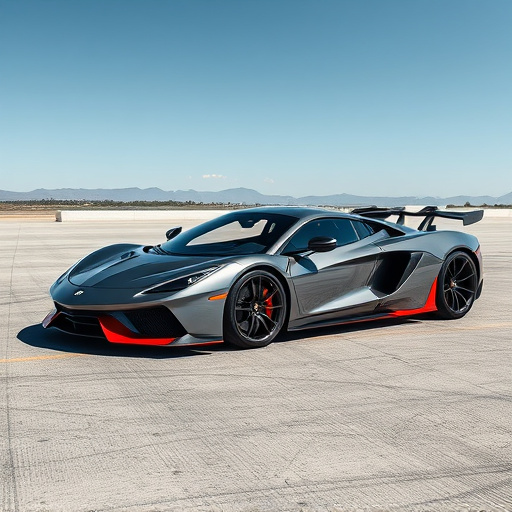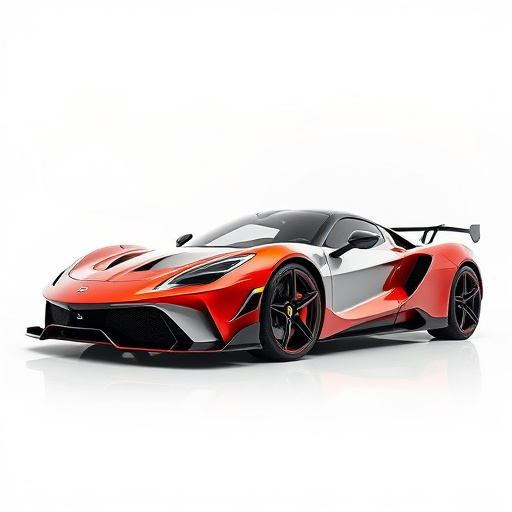When comparing air intake system prices, consider more than just cost. Higher-priced systems offer advanced materials and technology for improved performance, durability, brand reputation, and after-sales service. These factors collectively determine long-term value, ensuring better fuel efficiency, enhanced response, and extended component lifespan. Conducting a strategic price vs. performance analysis helps vehicle owners make informed decisions that elevate their driving experience without compromising reliability.
In the market for an air intake system upgrade, understanding the delicate balance between cost and quality is paramount. This article delves into the complex dynamics that dictate the prices of these essential components, exploring factors like material, design, and consumer perception. We compare high-performance systems with standard options to uncover how value is determined. Armed with this knowledge, consumers can make informed decisions, balancing their budgets with optimal performance for a satisfying upgrade experience.
- Understanding the Cost-Quality Dynamic: Unraveling the Factors Influencing Air Intake System Prices
- The Role of Material and Design in Determining Value: A Closer Look at High-Performance vs Standard Systems
- Consumer Perspectives: Making Informed Decisions Based on Price and Performance in Air Intake Upgrades
Understanding the Cost-Quality Dynamic: Unraveling the Factors Influencing Air Intake System Prices

Understanding the Cost-Quality Dynamic is crucial when navigating the market for an air intake system, as it significantly influences the air intake system price comparison. The relationship between cost and quality is intricate; higher quality often comes with a premium price tag, but this isn’t always the case. Several factors play a role in determining the price of an air intake system.
Performance and efficiency are key areas that impact pricing. Systems designed for optimal airflow and enhanced engine performance usually command higher prices due to their advanced materials and technology. Durability is another critical aspect; long-lasting components contribute to a better value proposition, ensuring longevity and reducing maintenance costs. Additionally, brand reputation and after-sales service can influence prices, as established manufacturers may offer comprehensive warranties and excellent customer support, reflecting in their pricing strategy.
The Role of Material and Design in Determining Value: A Closer Look at High-Performance vs Standard Systems

The relationship between cost and quality is a delicate balance, especially when considering material and design in various systems. When comparing high-performance air intake systems to standard models, the initial price difference is often significant. However, delving deeper reveals why premium systems command higher prices. High-end air intake systems are designed with advanced materials and innovative engineering to enhance performance and efficiency. These systems may utilize lightweight, durable composites or precision-engineered metal components, ensuring optimal airflow and reducing restrictions.
Standard systems, while functional, often settle for more conventional materials and designs that prioritize cost-effectiveness over peak performance. The result is a potentially lower initial price tag but a less refined breathing system for the engine. In terms of value, high-performance systems offer long-term advantages through improved fuel efficiency, enhanced engine response, and extended component longevity. This investment translates to better overall performance and peace of mind for vehicle owners.
Consumer Perspectives: Making Informed Decisions Based on Price and Performance in Air Intake Upgrades

When it comes to air intake upgrades, consumers often find themselves navigating a delicate balance between cost and quality. The decision-making process involves a thorough consideration of budget constraints and desired performance levels. A strategic approach is essential; comparing prices alone might not guarantee optimal value. Instead, buyers should scrutinize the features, materials, and overall construction of each air intake system. High-quality components often translate to enhanced engine performance, improved fuel efficiency, and better durability, justifying a higher price point.
Informed consumers recognize that investing in a premium air intake system can offer significant returns. By understanding the relationship between price and performance, they can make choices that elevate their driving experience. A smart comparison of different models allows buyers to identify the best value for their money, ensuring they get the most out of their upgrade without compromising on quality or reliability.
In exploring the cost vs quality relationship within air intake systems, this article has revealed that price and performance are not mutually exclusive. Through understanding the factors influencing air intake system prices, like material, design, and consumer perspectives, buyers can make informed decisions that align with their specific needs and budgets. When considering air intake upgrades, a balanced approach between value and quality ensures optimal engine performance while respecting financial constraints. Ultimately, a thorough price comparison can help car enthusiasts achieve the best combination of power and cost-efficiency in their modifications.














